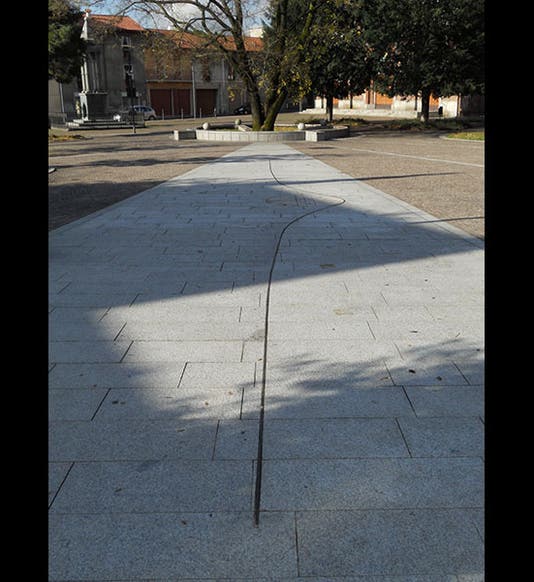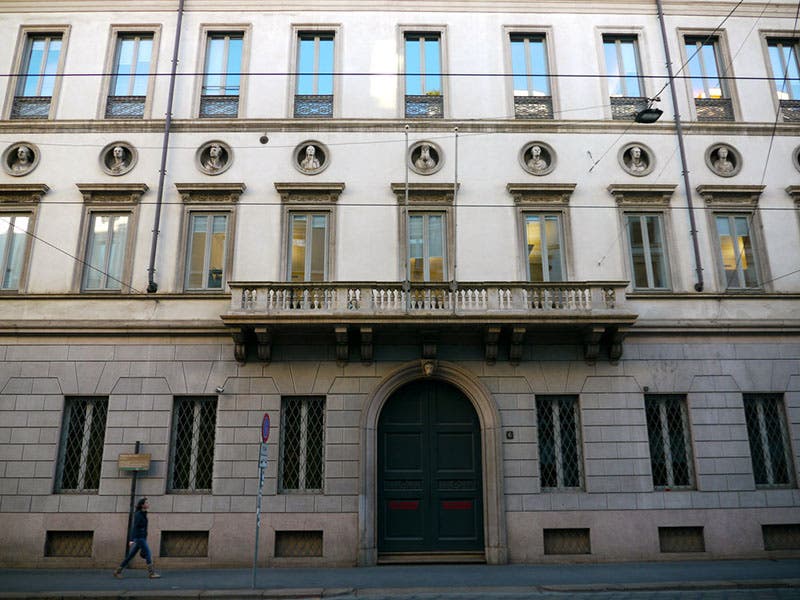Scientist of the Day - Maria Gaetana Agnesi
Maria Gaetana Agnesi, an Italian mathematician, was born May 16, 1718. Maria is considered to be the first significant woman mathematician in the West. In 1748, she published a two-volume Instituzioni analitiche (Analytic Institutions), a textbook, written in Italian, on calculus and analytic geometry. She was widely acclaimed in her own lifetime and, and although she lived in Milan, she was appointed to a professorship of mathematics at Bologna—the first woman professor of mathematics in European history. For better or for worse, she is best-known for studying the properties of a curve that is generated by a circle and a point moving under certain constraints; the curve is known as the versiera in Italian, but through a mistranslation, is known in English as the “witch of Agnesi”. You can view a simple animation here, if you are interested in seeing how the “witch” is generated. Or, if you prefer, you may check out the Google Doodle for this day in 2014, a doodle that, oddly, was not displayed in the United States. The Italian commune of Varedo, just north of Milan, where the wealthy Agnesi family had a villa, is very proud of their one-time inhabitant, and they have inlaid a bronze versiera right into the sidewalk of the city square (first image).
Maria Gaetana did not much like the attention her mathematical fame brought her, preferring to serve God by helping the poor, and as soon as her father died, she gave up her academic work and devoted the last 50 years of her life to charity, dying in total poverty in 1799 in an institution for the poor that she founded and directed. We have a lovely untrimmed copy of her Instituzioni in the History of Science Collection, as well as a copy of the English translation of 1801 that turned Agnesi’s versiera into the “witch” (second image). Former Library Fellow Dr. Cynthia Huffman wrote a piece on Agnesi for the Mathematical Association of America website, in which she displayed a number of photos from our two copies; you may see her article here. Cynthia perceptively noticed that the translator for the 1801 edition, John Colson, not only transformed versiera into witch, but he converted the calculus notation from the Leibniz style of the Italian edition to Newtonian notation for the English translation.
The Palazzo Brentani in Milan has a series of 18 portrait plaques that circle the exterior, celebrating important citizens of Milan. Front and foremost, right over the entrance, is Leonardo da Vinci (third image), but in the second-best spot, just to the viewer’s left of Leonardo, is a plaque for Agnesi (fourth image).
Dr. William B. Ashworth, Jr., Consultant for the History of Science, Linda Hall Library and Associate Professor, Department of History, University of Missouri-Kansas City. Comments or corrections are welcome; please direct to ashworthw@umkc.edu.










